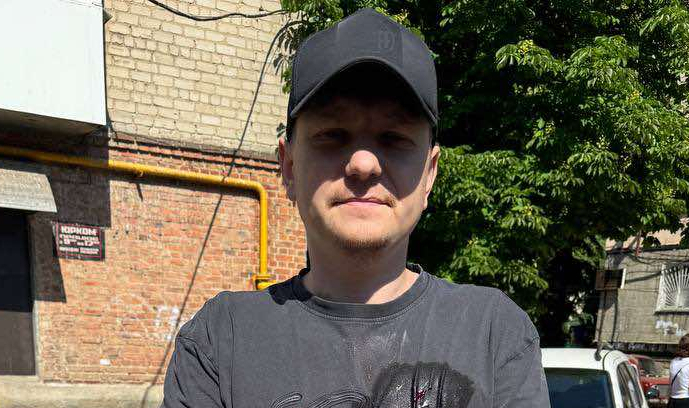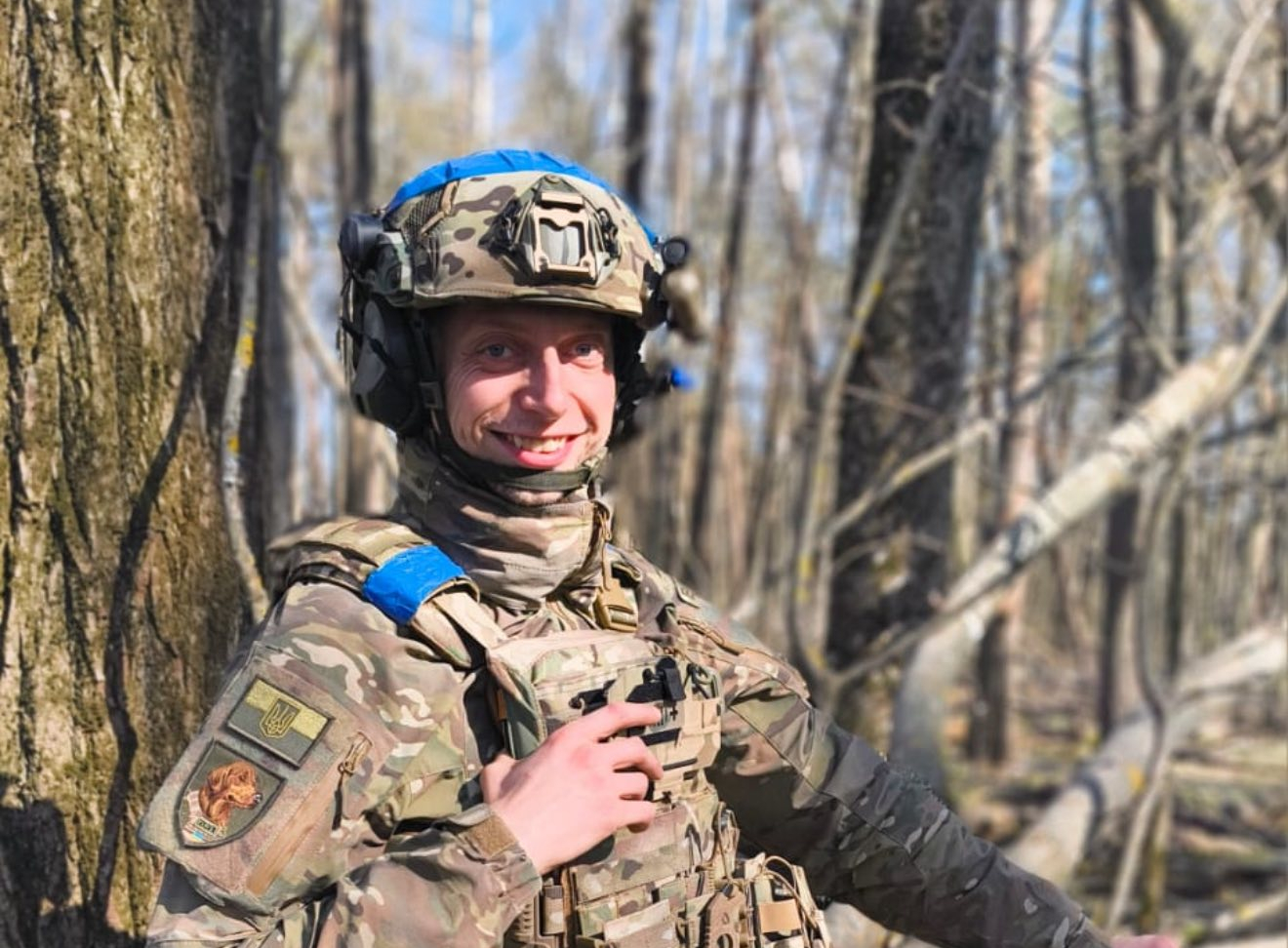In Kharkiv and Kherson, materials about the consequences of Russian shelling are published after three hours, if representatives of local authorities have not officially made them public earlier. At the same time, the one-hour rule is used in Sumy.
Regional journalists discuss the nuances of working at shelling sites during the Institute of Mass Information event “Frontline reports: access challenges and possible solutions” at the Lviv Media Forum on May 17.
Kharkiv oblast
Yulia Napolska, the IMI representative in Kharkiv oblast and the “Nakypilo” production director, said that the reports are released three hours after the strikes unless a local official publishes them earlier.
“Of course, if it is a military facility that’s targeted, then it’s off-limits and journalists are not allowed there – I understand, that’s the right thing, that’s how it should be. If we are talking about civilian sites, we have the three hour limitation. You can release the report three hours after the strike. If a local government official has already approved and posted content from the affected spot, then you generally can release it, as they have already made it public.
“We have a group chat with city officials, representatives of all Kharkiv media outlets and those working on the ground and yes, of course, we coordinate our actions and communication, whether we can report on something or not,” says Yulia.
She added that the media group “Nakypilo” and “Come Back Alive” are fundraising 2 million hryvnias to support the electronic warfare unit defending Kharkiv oblast. You can donate here.
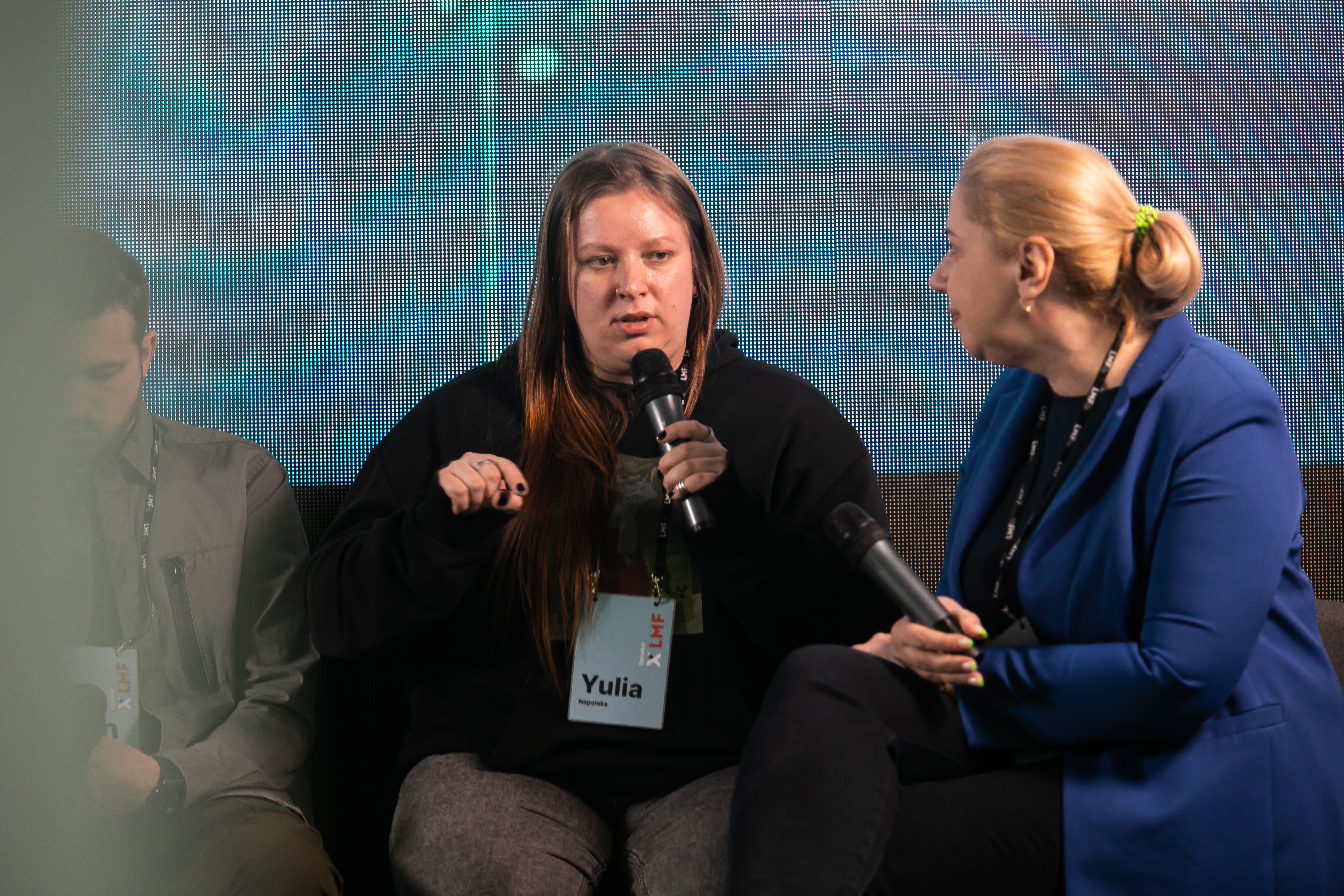
Yulia Napolska, the IMI representative in Kharkiv oblast and the “Nakypilo” production director, talks about working at shelling sites in Kharkiv oblast. Photos provided by the Lviv Media Forum
Kherson oblast
“Grunt” correspondent Ivan Antypenko says that media outlets in Kherson oblast rely on whether or not the local OMA has reported on Russian shelling when deciding whether to release the information.
“We have the same three hour rule, for example, but then again, the oblast military administration and their media department may report on something earlier, even within an hour. So I’m already experienced enough to understand that if a colleague from the administration is on the ground that means they will be reporting on it soon. That’s why I don’t wait three hours if it’s clear that a civilian object, a school or a residential building, has been hit and there are casualties,” Ivan adds.
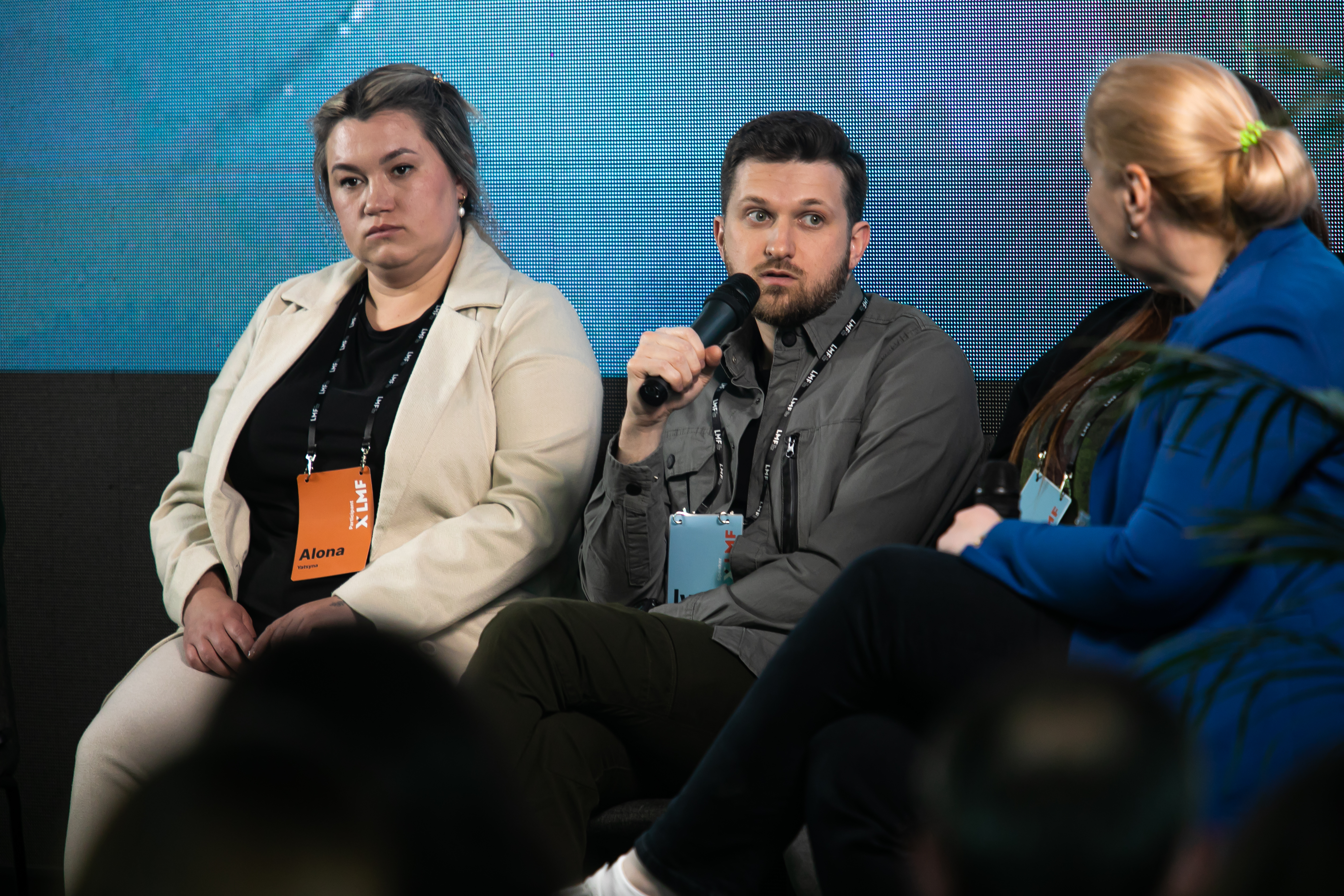
“Grunt” correspondent Ivan Antypenko talks about working at shelling sites in Kherson oblast. Photos provided by the Lviv Media Forum
Sumy oblast
Alyona Yatsyna, the IMI representative in Sumy oblast and Kordon.Media co-founder, explained why her oblast has a one hour rule instead.
“We currently have a one-hour rule. I would like to explain that our situation is not the same as in Kherson and Kharkiv: the missiles rarely ever hit in Sumy. I am now making a comparison with Kharkiv and Kherson, with these cities exclusively. The infrastructural facilities, military, semi-military facilities do get hit, but the city is more or less intact. There have been different incidents, now the situation is such,” says the Kordon.Media co-founder.
She specified that the media may post the first close-up shots in an hour. That is, the shots which may or may not enable locals to identify the place.
“We publish this in order to fill up the news feed and show people the information that they are waiting for, that they want to see. Then we wait for some official messages from the OMA or from the police, and then we show the details, report the stories.
“We have the following rule in our team: what we shoot first, we release last. Because you arrive at the site, you see everything on fire, people being rescued, you are not really picking a shooting angle, you’re just working under a certain stress. And these very first shots is what we put at the end,” said Alyona.
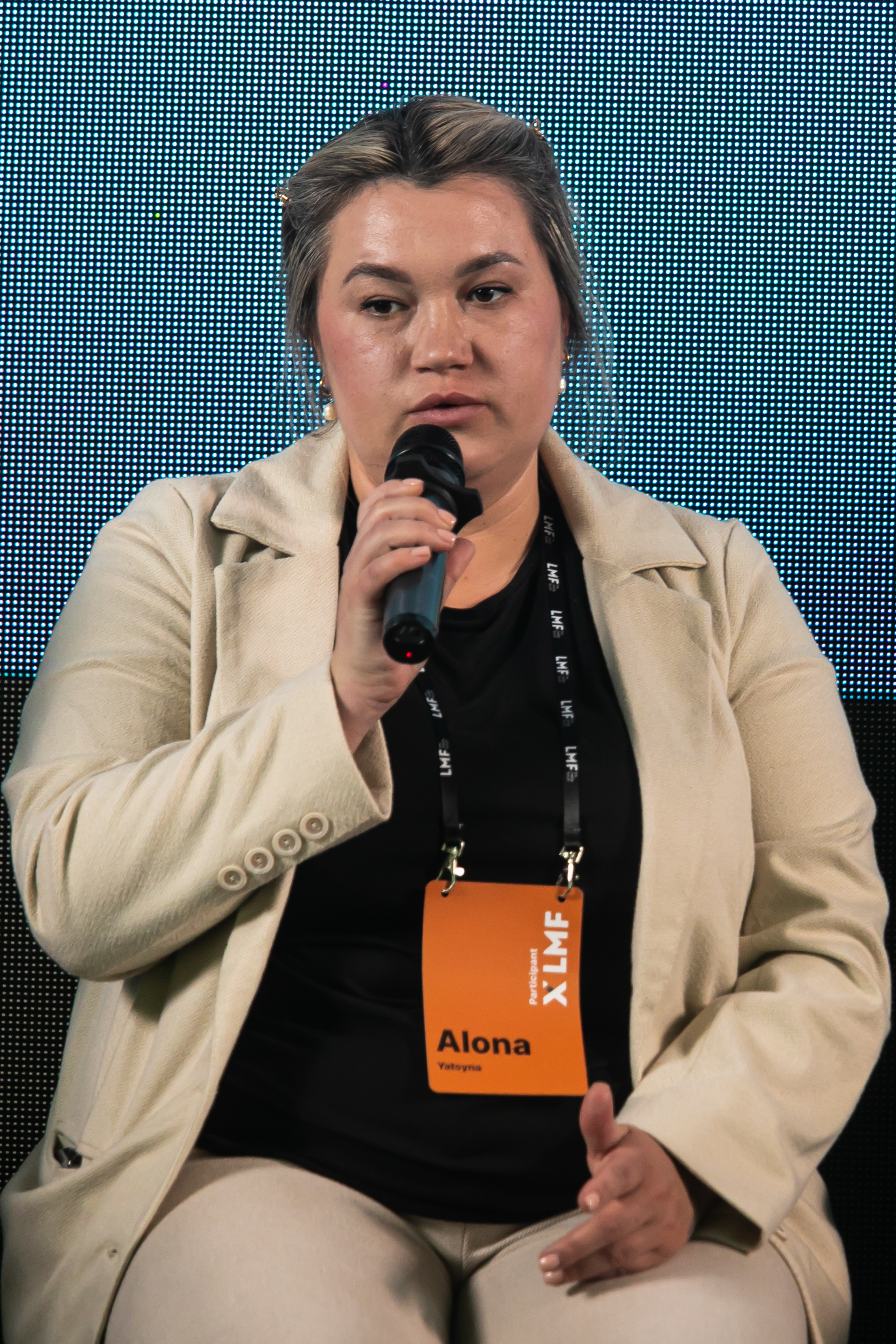
Alyona Yatsyna, the IMI representative in Sumy oblast and Kordon.Media co-founder, talks about working at shelling sites in Sumy oblast. Photos provided by the Lviv Media Forum
She also explained why journalists wait one hour instead of three before reporting on the strikes:
“The downtown area of Sumy is 33 kilometers away from the state border, Russians have us all in the palm of their hand. ‘Orlans’ are flying over the city and helping the artillery aim live. We then see all these videos on Russian Telegram channels, as they film the work of anti-aircraft missiles and rockets. So there is no point in withholding it.”
The Institute of Mass Information (IMI) is a Ukrainian public media organization that has been operating since 1996. The IMI defends the rights of journalists, analyzes the media field and covers media-related events, fights propaganda and disinformation and has been providing media outlets with safety gear for trips to the combat zone since the start of the Russo–Ukrainian war in 2014.
The IMI carries out Ukraine’s only freedom of speech monitoring and keeps a list of high quality and sustainable online media outlets, documents Russia’s crimes against the media committed in the course of the war on Ukraine. The IMI has representatives in 20 oblasts of Ukraine and a network of “Mediabaza” hubs to provide journalists with continuous support. The IMI’s partners include Reporters Without Borders and Freedom House; the organization is a member of the International Organization for the Protection of Freedom of Expression (IFEX).

